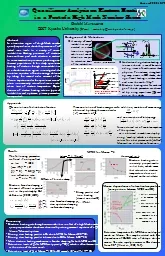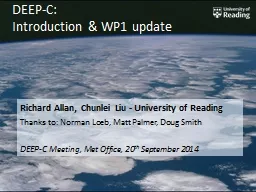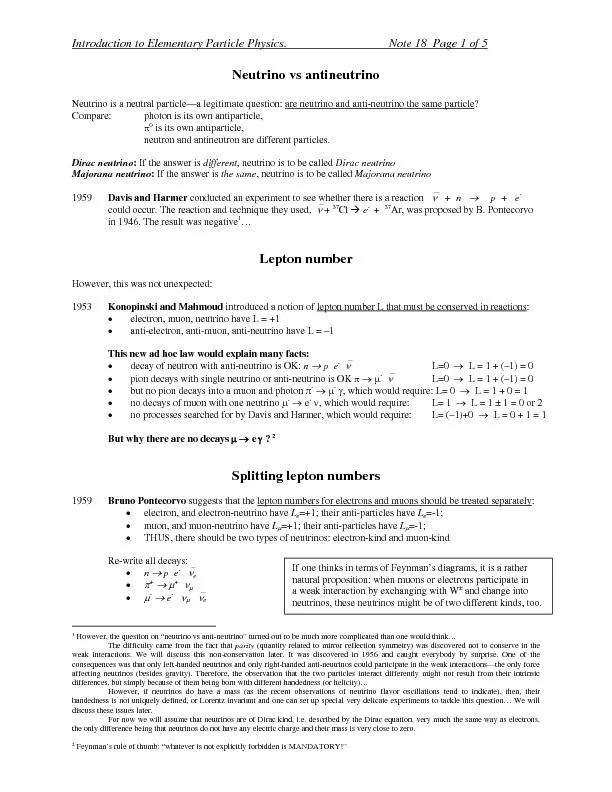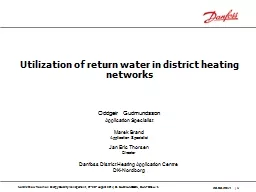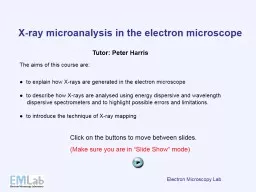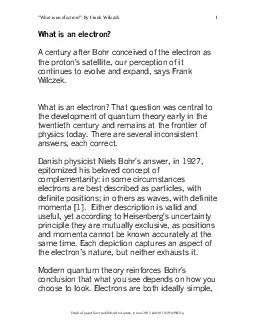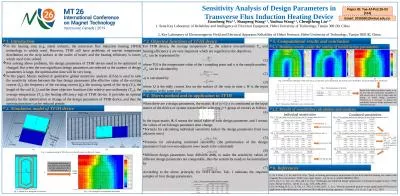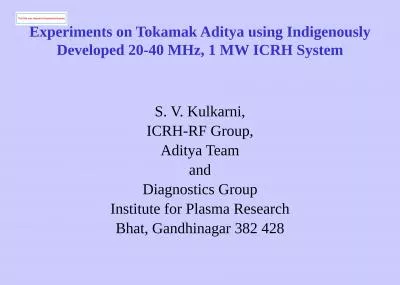PPT-Quasilinear Analysis on Electron Heating
Author : ellena-manuel | Published Date : 2018-02-22
in a Foot of a High Mach Number Shock Shuichi M ATSUKIYO ESST Kyushu University Email matsukiyesstkyushuuacjp Abstract In a transition region of a high Mach
Presentation Embed Code
Download Presentation
Download Presentation The PPT/PDF document "Quasilinear Analysis on Electron Heatin..." is the property of its rightful owner. Permission is granted to download and print the materials on this website for personal, non-commercial use only, and to display it on your personal computer provided you do not modify the materials and that you retain all copyright notices contained in the materials. By downloading content from our website, you accept the terms of this agreement.
Quasilinear Analysis on Electron Heating: Transcript
Download Rules Of Document
"Quasilinear Analysis on Electron Heating"The content belongs to its owner. You may download and print it for personal use, without modification, and keep all copyright notices. By downloading, you agree to these terms.
Related Documents

